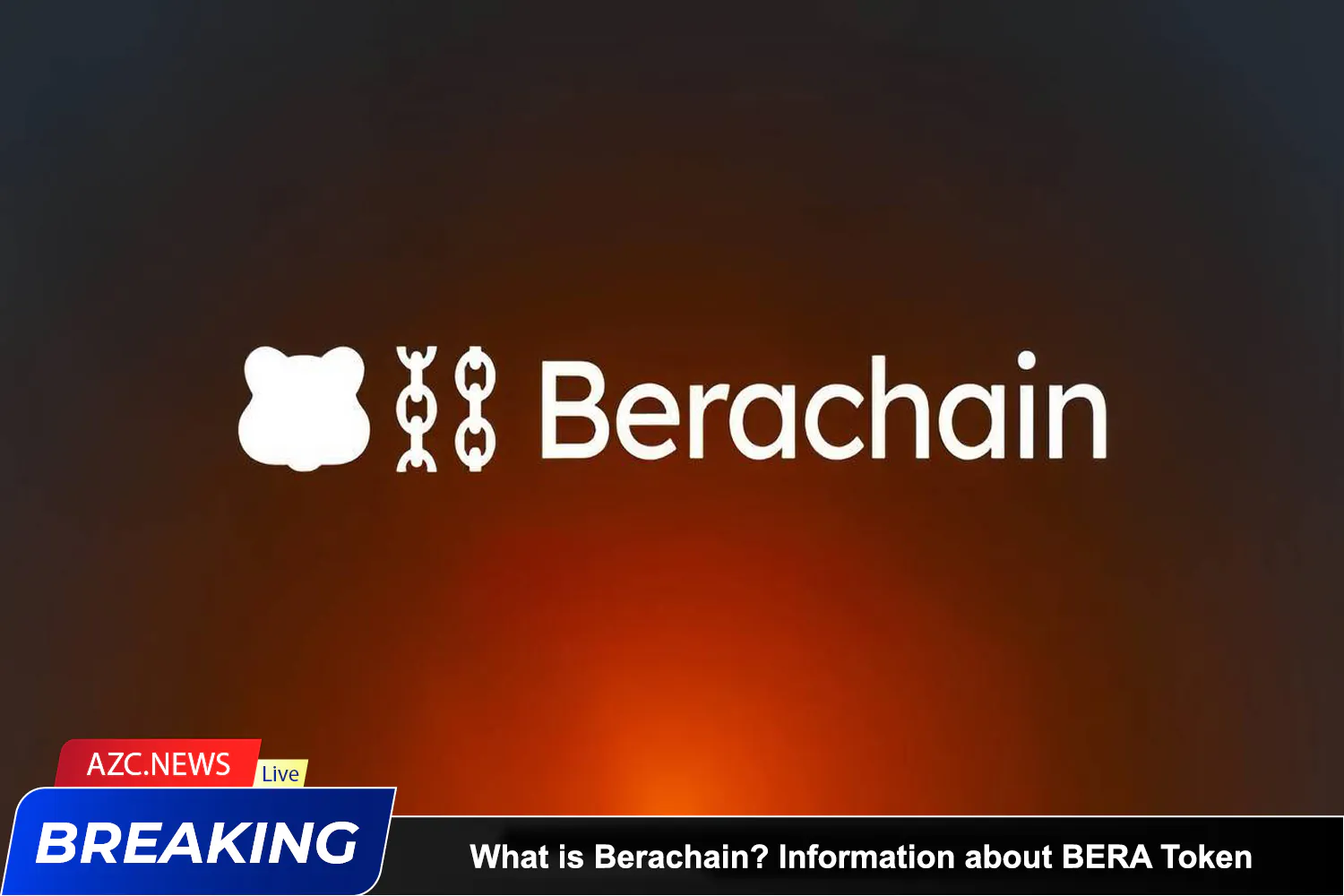We are still too early
Encrypting real-world assets will be a prominent topic in the remaining part of this decade, but there are still significant challenges to address.
“We are still too early” is one of the most famous sayings in the cryptocurrency field, especially when it comes to encrypting real-world assets. Nevertheless, an optimistic estimate from Boston Consulting Group last year predicted that the cryptocurrency market could reach a staggering $16.1 trillion by the end of this decade.
Analysts have envisioned a world where illiquid assets such as real estate, artworks, and even exotic beverages are tokenized, opening the door to ownership by proportion. This could be a game-changing factor, particularly when considering these are types of assets that were traditionally out of reach for a broader audience.
The potential of tokenization to transform the financial market is evident. For instance, very few people have the financial means to buy a Picasso painting, but if ownership is divided into thousands of smaller shares, it can become more accessible to the average consumer.
These ownership shares can then be traded on secondary markets, providing a real opportunity for financial independence when the value of these assets appreciates significantly.
Tokenization can also disrupt everything in the stock market, where individual stocks of publicly listed companies can become extremely expensive.
While the possibilities are enticing, there are still several technical and logistical hurdles to overcome. Among these challenges is the concern of lacking legal protection when trading high-value assets, which serves as a barrier for those looking to deploy capital on the blockchain.
>>> Why Could Real World Assets be The Future of Cryptocurrencies?
Additionally, it is crucial for exchanges to create a conducive environment for well-managed transactions and have robust policies in place to address disputes.
Although it may still be the early days in establishing an industry valued at trillions of dollars, these encouraging steps are laying the groundwork for this burgeoning market.
The Financial Revolution
Swarm, a German-based DeFi platform, recently announced its collaboration with Mattereum, a digital identity layer for real-world assets on the Ethereum network. Swarm’s goal is to facilitate the integration of high-value traditional assets into the blockchain, ensuring enhanced liquidity, efficiency, and self-management for everyone.
Philipp Pieper, co-founder of Swarm, describes this partnership as a “groundbreaking opportunity for investors and businesses worldwide,” emphasizing Swarm’s central role in building the future financial market, with the need for suitable partners.
Mattereum adds value through its legal infrastructure built on common laws of the United Kingdom pertaining to digital commerce, enforceable across 172 legal jurisdictions internationally.
Vinay Gupta, CEO of the project, highlights the importance of enabling the trading of tangible assets within the bounds of legal obligations through the utilization of smart contracts during the project’s initial phase.
Mattereum has described its proportionate ownership tokens for real-world assets as the “holy grail of blockchain,” marking a significant development with the potential for worldwide application.
Swarm has taken steps to introduce compatible security tokens for DeFi, supported by assets such as shares in Apple, Tesla, Coinbase, Intel, Microsoft, MicroStrategy, and NVIDIA, which are currently available on the Polygon network. Crucially, these transactions are supervised by Germany’s Federal Financial Supervisory Authority (BaFin).
Gupta adds, “We are thrilled to witness the emergence of real-world assets on the blockchain, as it opens up a new golden era of digital commerce.”
The concept of tokenizing traditionally illiquid assets and enabling fractional ownership paves the way for broader accessibility and participation in valuable asset types. The collaboration between Mattereum and Swarm stands as a significant milestone in achieving this goal, emphasizing compliance with regulations, legal infrastructure, and the securitization of tokenized assets.
As this journey unfolds, it promises to reshape the financial world, ushering in a new era of comprehensiveness, efficiency, and transparency in high-value traditional assets on the blockchain.










